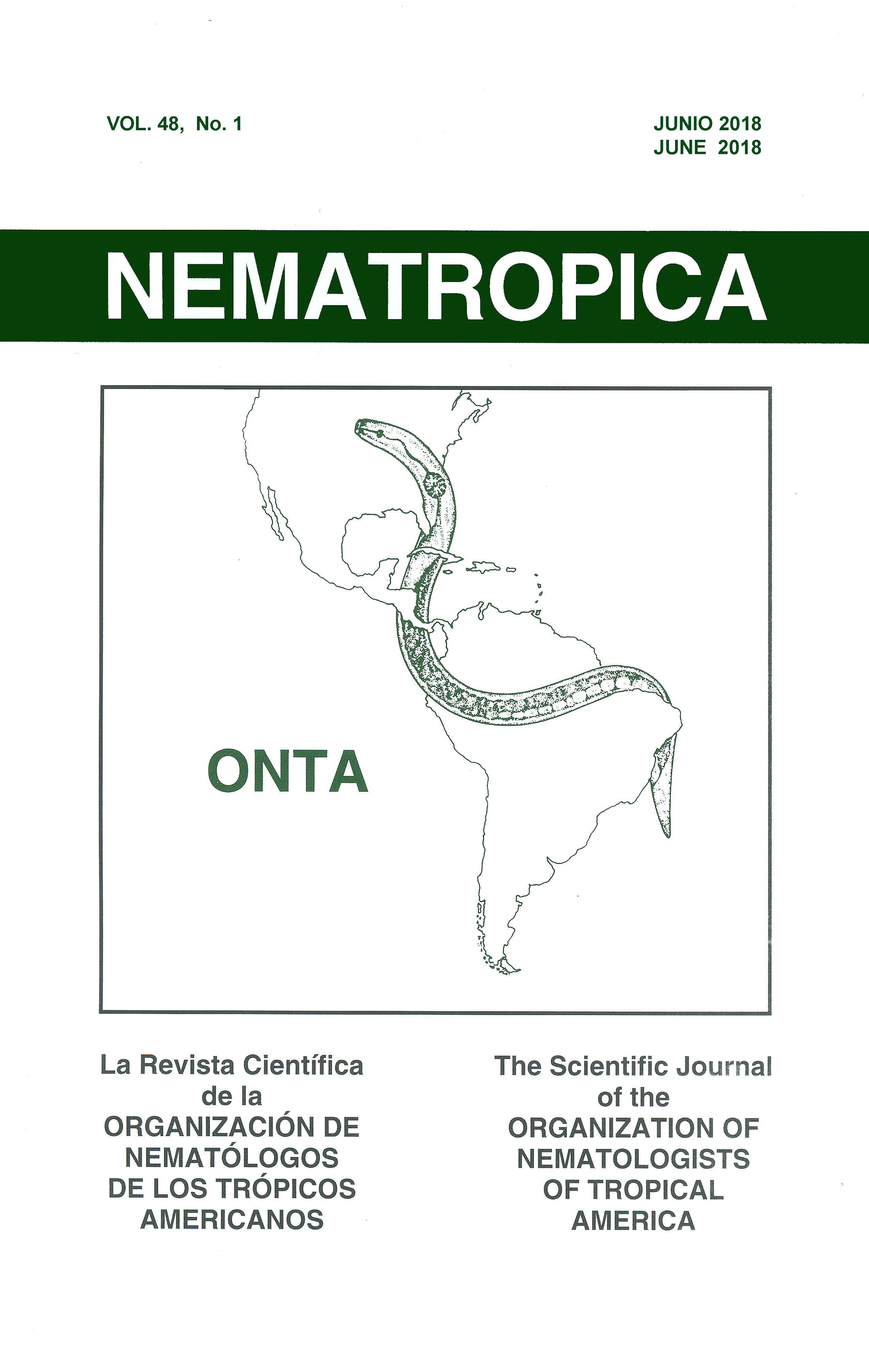CATALASE ACTIVITY, LIPID PEROXIDATION, AND PROTEIN CONCENTRATION IN LEAVES OF TOMATO INFECTED WITH MELOIDOGYNE JAVANICA
Keywords:
catalase, lipid peroxidation, nematode, oxidative stress, protein, tomatoAbstract
Plants infected by root-knot nematodes show not only developmental and morphological changes in roots, but also systematic symptoms such as stunted growth, wilting, and susceptibility to other pathogens. The objective of this research was to investigate the effect of different nematode infection levels (0, 1,000, 3,000, and 9,000 second-stage juveniles (J2) of Meloidogyne javanica per seedling) on leaf oxidative stress and total protein concentration (TPC) of tomato plants (Solanum lycopersicum cv. Belladonna). Catalase (CAT) activity and lipid peroxidation (LP) were used as oxidative stress indexes. Leaf CAT activity was enhanced by the nematode infection in comparison to the untreated plants. In the 1,000 and 3,000 J2-infection levels, 45 and 41% increases in the leaf CAT activity were observed, respectively, while CAT activity increased only 14% at the 9,000 J2-infection level. On the other hand, leaf LP decreased with nematode infection. The maximum decrease (20%) occurred at the 9000 J2 infection level. The TPC decreased with nematode infection. At the 1,000 and 3,000 J2-infection levels, 36 and 29% decreases were observed, respectively, while TPC decreased only 9% at the 9,000 J2-infection level. The increased leaf CAT activity probably represents a part of the plant’s antioxidative defense against the possible leaf oxidative stress caused by nematode infection reducing the potent cellular damage and corresponding to the LP decrease. The observed leaf TPC decrease is possibly another plant response against the nematode infection.

